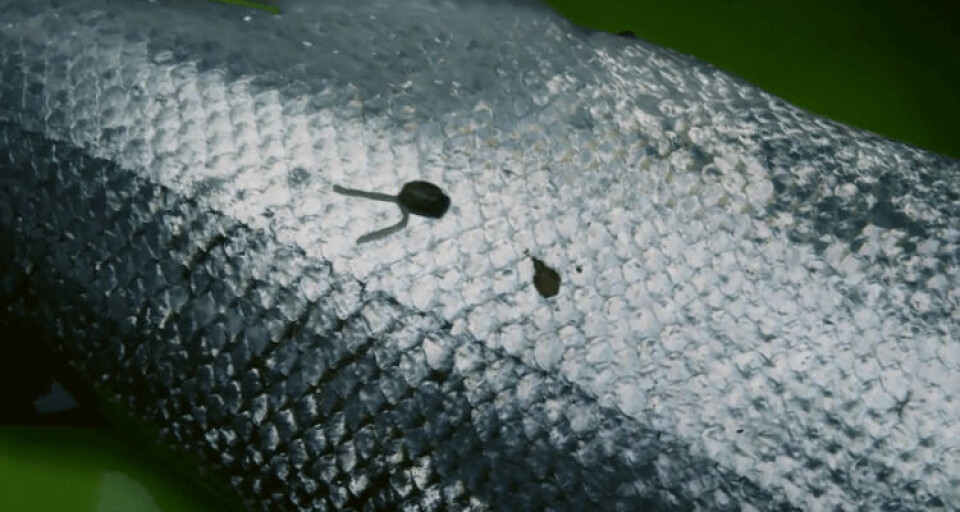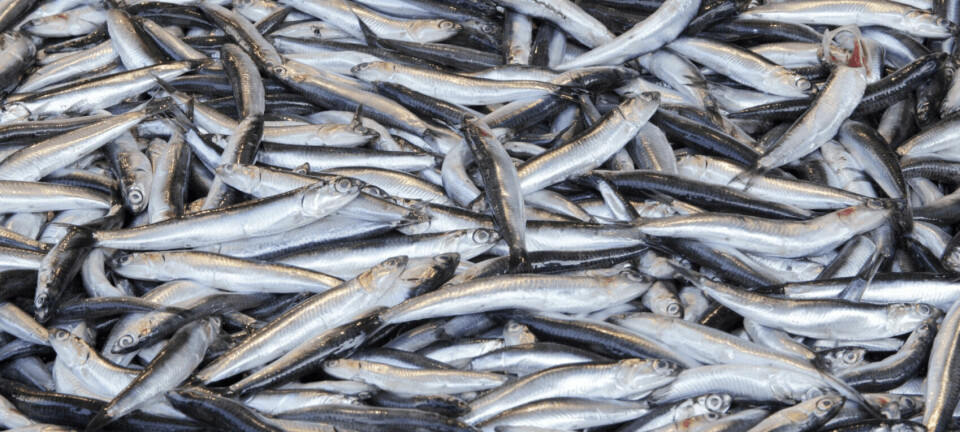
Jury out on new louse treatment
A new louse treatment that has been shown to be very effective in Chile may not be permitted for use in Norway and Scotland.
Lufenuron, which has been developed by Elanco, is an in-feed product that is given to smolts in RAS systems, prior to their release into sea cages. Trials in Chile have shown that it can be extremely effective, but it needs regulatory approval before it can be used over here.

Fish Farming Expert reported last week that its bid for approval in the UK has been rejected, meanwhile a spokesperson for Elanco suggested that Norwegian regulators are still undecided.
“We are committed to follow the existing regulatory process and must await NoMAs opinion before we can share more detailed information about the product. At this point we can say that our new sea lice product is given as an in-feed treatment to fish in fresh water tanks, at hatcheries before the fish are transferred to the sea sites, minimising direct chemical exposure to the sea during treatment. We continue to work in close collaboration with NoMA in order to be able to provide to the salmon industry and farmers in Norway relief from sea lice management for an extended period of time,” they told Kyst.no
They confirmed that, following the approval for the drug in Chile, field trials have been extremely positive.
“The approval in Chile follows the completion of a series of studies, demonstrating its efficacy against Caligus rogercresseyi, the most common louse species impacting salmonid farms in Chile. The study demonstrated that salmon treated with the medication remained below the Chilean industry regulated threshold for an extended period of time, compared to the untreated group, which exceeded the threshold five times in the same period. It is the result of years of dedicated research working with farmers and industry experts, and Elanco is working hard to bring this much-needed treatment to other markets around the world,” they continued.
However, they were more evasive about the possibility of being granted approval in Scotland, telling kyst.no: “The UK salmon market is a very important market for Elanco. We are committed to providing our aquaculture customers in Scotland with the best tools to face the challenge of sea lice, giving them confidence in achieving success in sea lice control. To do so, we will continue to collaborate with the VMD and the SEPA to provide comprehensive and appropriate regulatory data for our product developments.”
How it works
Imvixa, which is formulated with the active ingredient lufenuron, whuch belongs to the family of benzoylureas and inhibits the production of chitin - thereby interfering in the development of the louse’s exoskeleton, preventing it from reaching its adult stage.
Very low doses of Imvixa achieve therapeutic levels in the skin and subcutaneous tissue of treated smolts, repelling the parasite for a period of between six and eight months after treatment.




















































